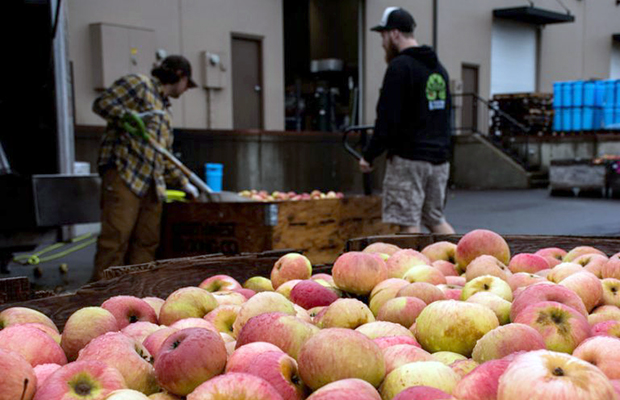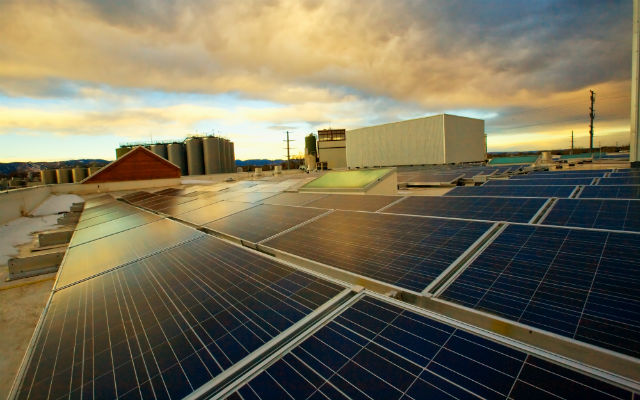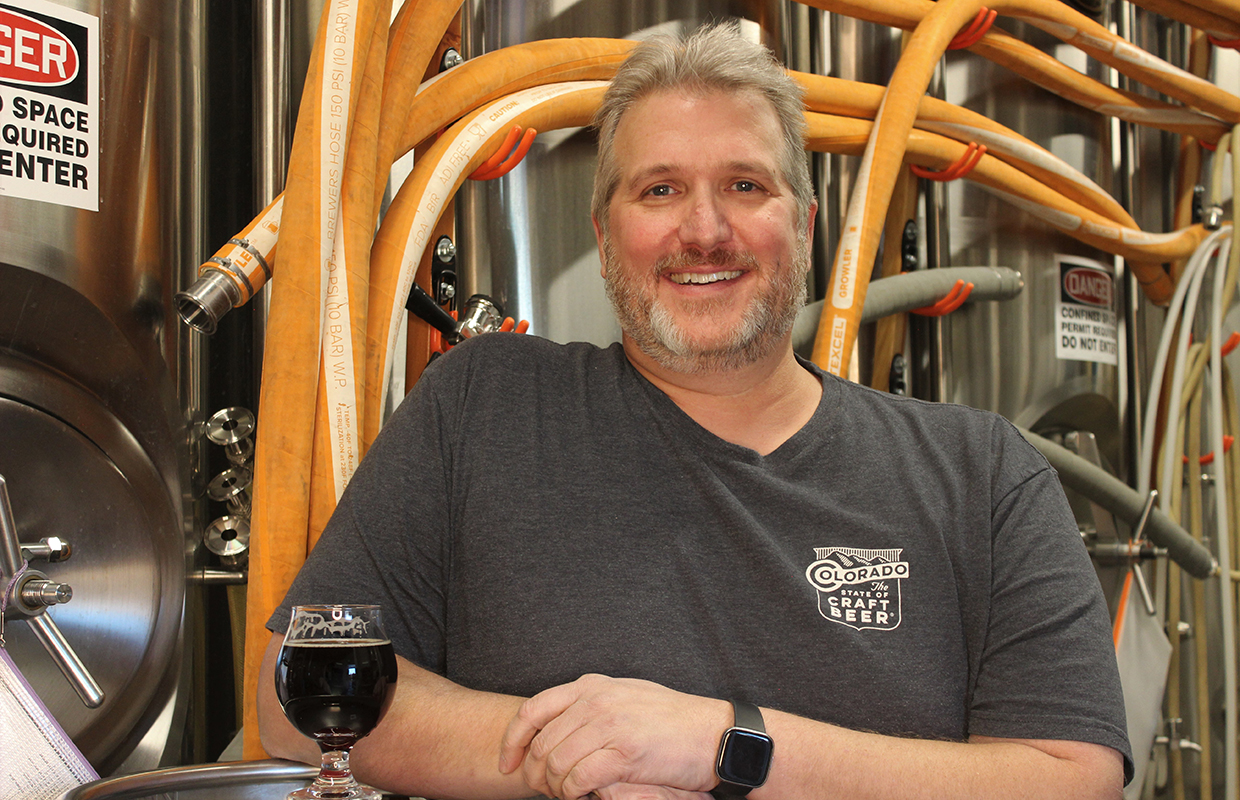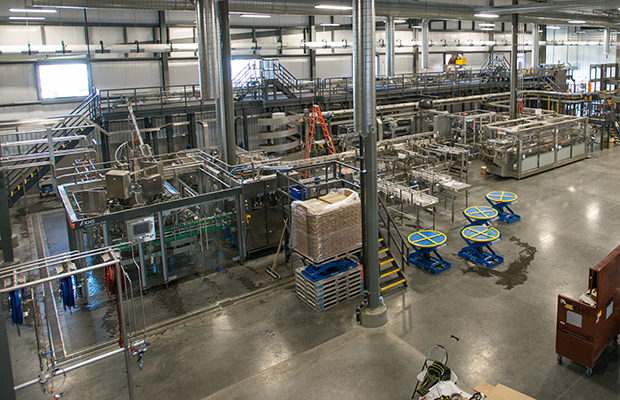
When 2 Towns Ciderhouse reached a point where its taproom location could no longer serve its production needs and the cidery had to split into two separate locations it created a whole new set of challenges for the team, many of which Scott Bugni said they never anticipated.
”Both cost and distance were certainly factors for us,” said the cidery’s Marketing Director. “Whether that space is needed for more tanks, or new packaging equipment, or more product storage, you’re playing whack-a-mole with the next bottleneck, and square footage seems to be at least part of the hammer.”
Bugni said simple things, like communication and general team cohesiveness, are exponentially more challenging when the team isn’t all in one location as well.
“We often reminisce about the early days of not needing to have many meetings because we were all physically right on top of each other in the ciderhouse,” he recalls. “We argued over the shared playlist a lot, but it was nice always knowing what was going on with the business because you just overheard every conversation.”
Growth is always a major challenge, and Bugni said they learned pretty quickly that you have to be planning far enough out to have any hope of keeping up with ever-changing demands of growth.
“If your growth plan stays static from the time you put it into motion, by the time you complete a project and reap those benefits, you will find yourself with a whole different set of needs than you anticipated,” he said. “If you aren’t perpetually looking ahead to what’s coming around the next bend, you will get caught flat-footed and always be playing catch up.”
As for what the specific needs are, Bugni said they are constantly shifting and it all depends on a vast number of circumstances, but a common theme is more space.




Be the first to comment